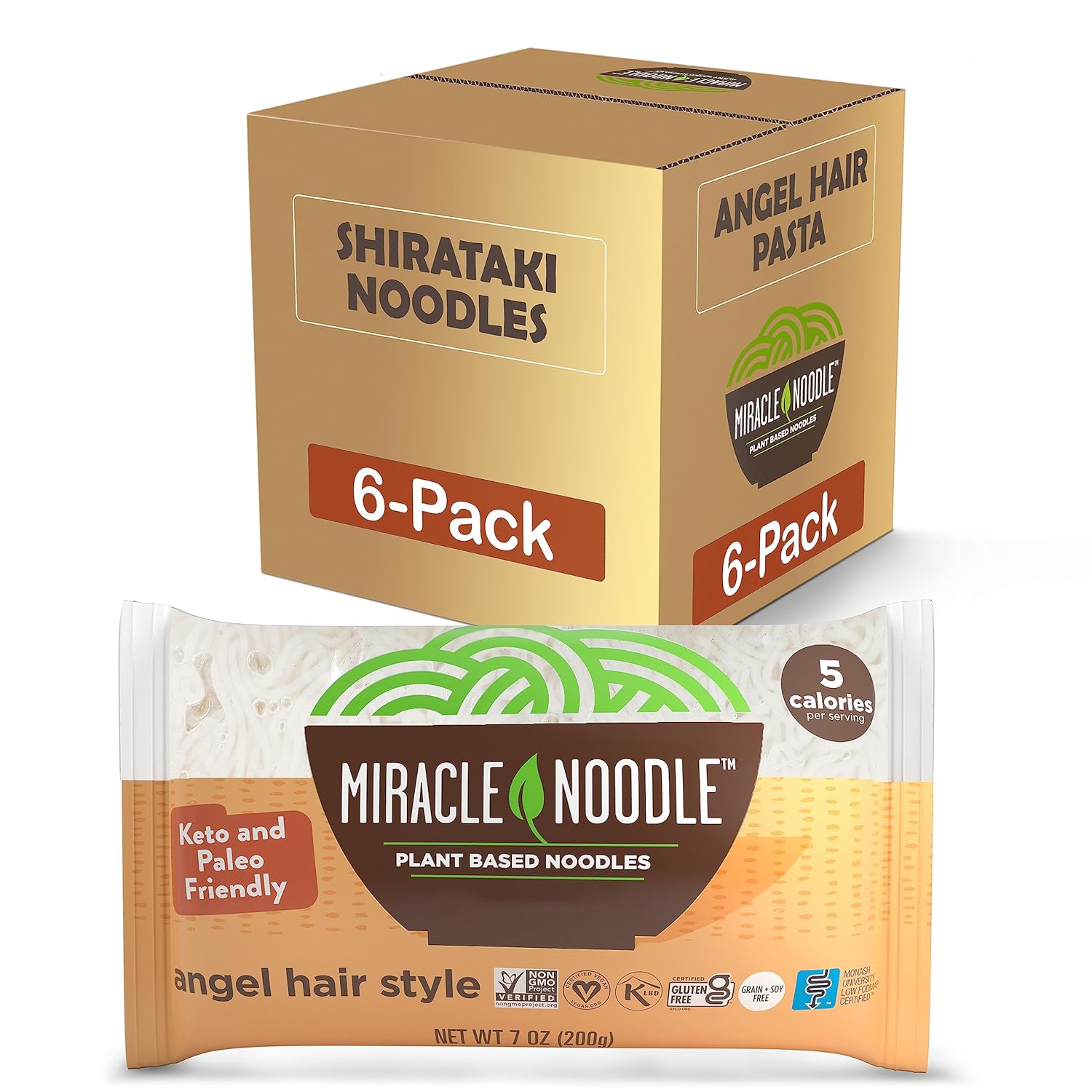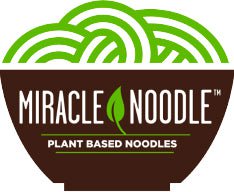Everybody knows Vitamin C is critical for maintaining optimal health. But few people can name the most abundant sources of the antioxidant.
Vitamin C is a water-soluble nutrient. Your body neither produces nor stores it. That means you need to consume it every day. Most people associate vitamin C with its free-radical scavenging properties, which is another way of saying it’s an antioxidant.
But there’s far more to the role this nutrient plays in human health. For instance, vitamin C binds to non-heme iron (plant-based sources of iron). This is a strong selling point for getting enough vitamin C in your diet if you’re vegan. That’s because animal sources of iron are much more absorbable. But if you don’t eat flesh or animal products, getting enough vitamin C will help the iron from plants better absorb in your body.
In addition, vitamin C serves as a catalyst for collagen, the main structural protein of the body. It also plays a role in the creation or formation of hormones, white-blood-cells, vitamin E, and may also support cognitive function, among other benefits.
How Much Vitamin C Do You Need Per Day?
According to mainstream institutions, not all that much. For example, The Mayo Clinic suggests 65 to 95 mg per day. But according to 1954 Nobel Prize winner, Linus Pauling, you may want to consider getting a lot more of it in your diet. As mentioned on the website of the eponymously named institute at Oregon State University, in the early 1970s, Pauling recommended people consume about 2,000 mg per day.
If you’re going to take Pauling’s advice, you should definitely shoot for a minimum of 250 mg per day. That’s because Pauling theorized that the first 250 mg saturates the blood.
As the decades went by and more robust research was conducted, researchers at the Linus Pauling Institute at OSU more or less confirmed the great chemist’s theory. Investigators at the Institute examined a meta-analysis of 36 studies on the relationship between vitamin C intake and plasma concentrations. They found that “the elderly require a substantially higher daily intake of vitamin C to attain plasma concentrations that younger adults achieve at a lower intake.”
The researchers also found that “cellular uptake of vitamin C declines with age, supporting the notion that vitamin C requirements are increased in the elderly.”
Therefore, for the prevention of disease, the Institute recommends 400 mg per day for healthy individuals. However, for older adults and those with diseases, higher doses may be necessary.
Is Vitamin C Toxicity A Big Threat?
With the pervasiveness of toxic chemicals in our environment, even if you are healthy, you may want to consume more than the Institute’s recommendation of 400 mg per day of vitamin C.
Consumption of up to 2,000 mg per day has been shown to be safe. There is some concern about mega-high doses leading to kidney stones. But that seems to be rare in healthy people.
Best Sources of Vitamin C
In light of this information, you may want to disregard the common consensus on vitamin C intake that all you need to eat everyday is a serving of broccoli (90 mg) or red peppers (190 mg) or the combination of an orange (50 mg) and a serving of strawberries (60 mg).
Instead—or in addition to—consider these 3 tropical fruits that are thought to contain the highest amount of vitamin C:
- Kakadu Plum (3100 mg)
- Camu Camu (2800 mg)
- Acerola (1600 mg)
If you’ve never heard of kakadu plums, that's because they’re native to Down Under. This tiny fruit from Australia has been used since time immemorial by Aboriginal tribes for food and medicinal uses. According to WebMD, kakadu plums are also rich in other nutrients.
They also contain a high amount of the phytochemical, ellagic acid, which is a potent antioxidant. EA, as this study in Food Research International says, has also received a lot of attention for its potential as an antimicrobial agent. But be careful with kakadu plums if you do have a history or family history of kidney stones as they contain a high amount of oxalic acid.
Camu-Camu
A fruit so fine, they named it two times … Camu-Camu not only contains lots of vitamin C, it may also be a strong anti-inflammatory phytonutrient. In one small study published in the Journal of Cardiology, 10 male smokers were given a daily 70 ml serving of 100% camu-camu juice and 10 other volunteers were given 1050 mg of a vitamin C tablet supplement. Both groups were randomized and took their respective vitamin C sources for 7 days.
The group that drank the camu-camu juice experienced a significant reduction in several oxidative stress markers such as total reactive oxygen species (ROS) and inflammatory markers such as C reactive protein, interleukin (IL)-6 and IL-8. But these markers did not change at all in the vitamin C group.
This fact speaks to most vitamin C supplements being sourced from synthetic vitamin C (ascorbic acid). If you want to take a C supplement, take a whole-food powder for best results.
Acerola
Containing up to 100 times the vitamin C of an orange, acerola contains a plethora of phytonutrients such as carotenoids, phenolics, anthocyanins, and flavonoids, says an article in the Journal of Food Science Technology. Also known as Barbados cherries or West Indian cherries, acerola is also an excellent source of vitamin A. There are several documented biological activities of acerola, including controlling blood sugar, combatting genetic toxicity, protecting the liver and much more.
Conclusion
So you see, there’s way more to C than its role as an important antioxidant. And there’s more to see in the world of vitamin C than oranges. (Rose hips are also very high in vitamin C but their seeds are kind of hairy. Yuck!)



